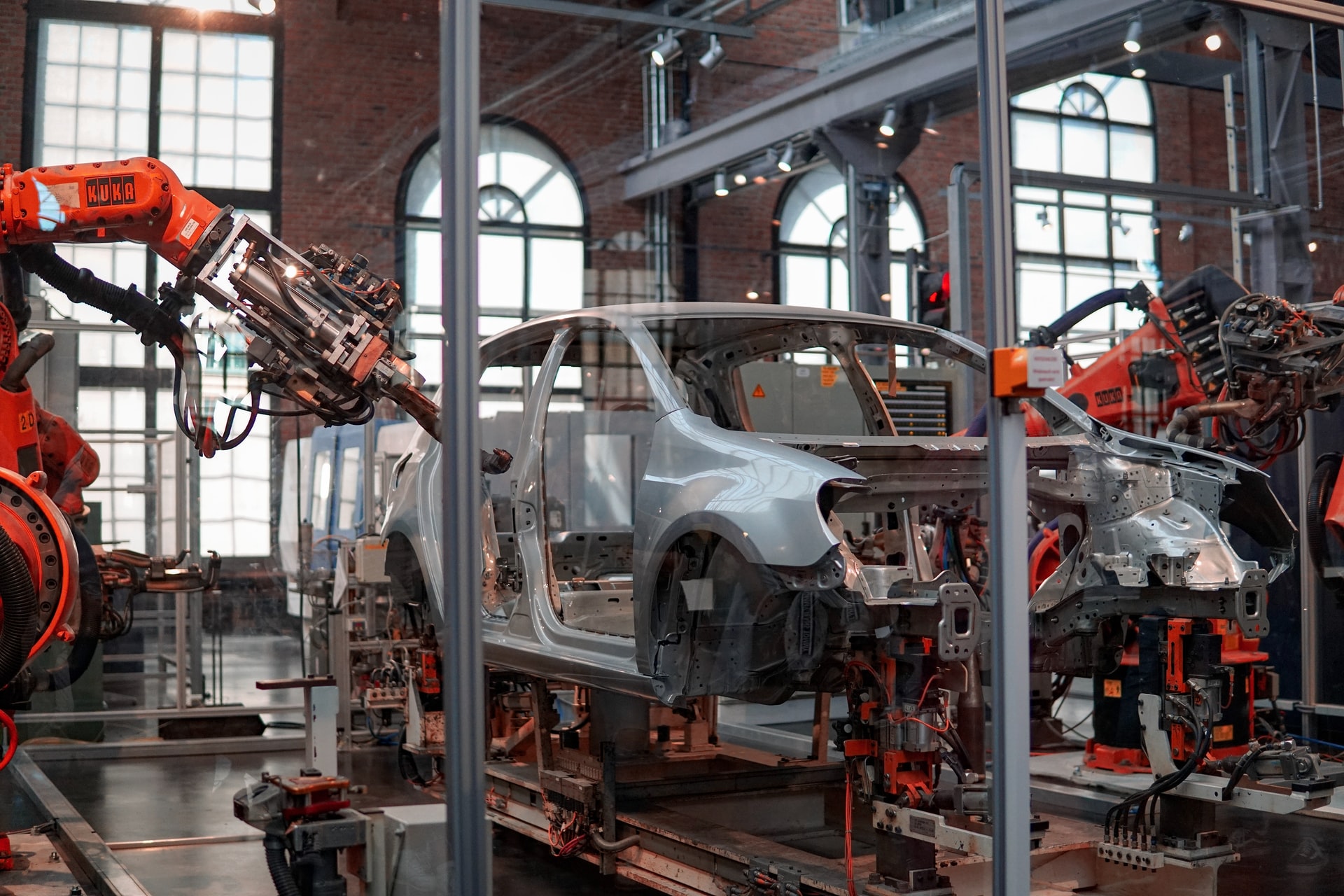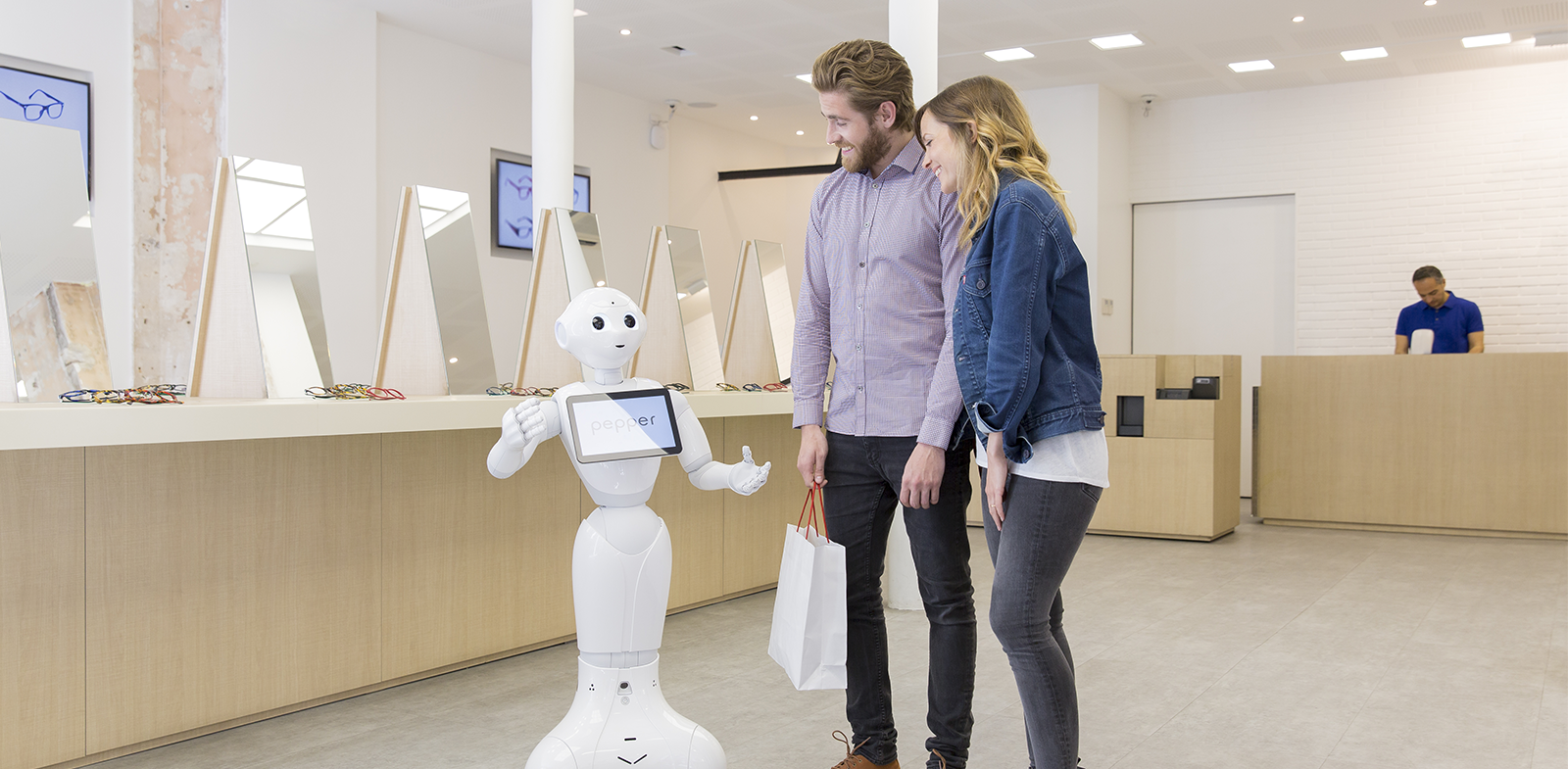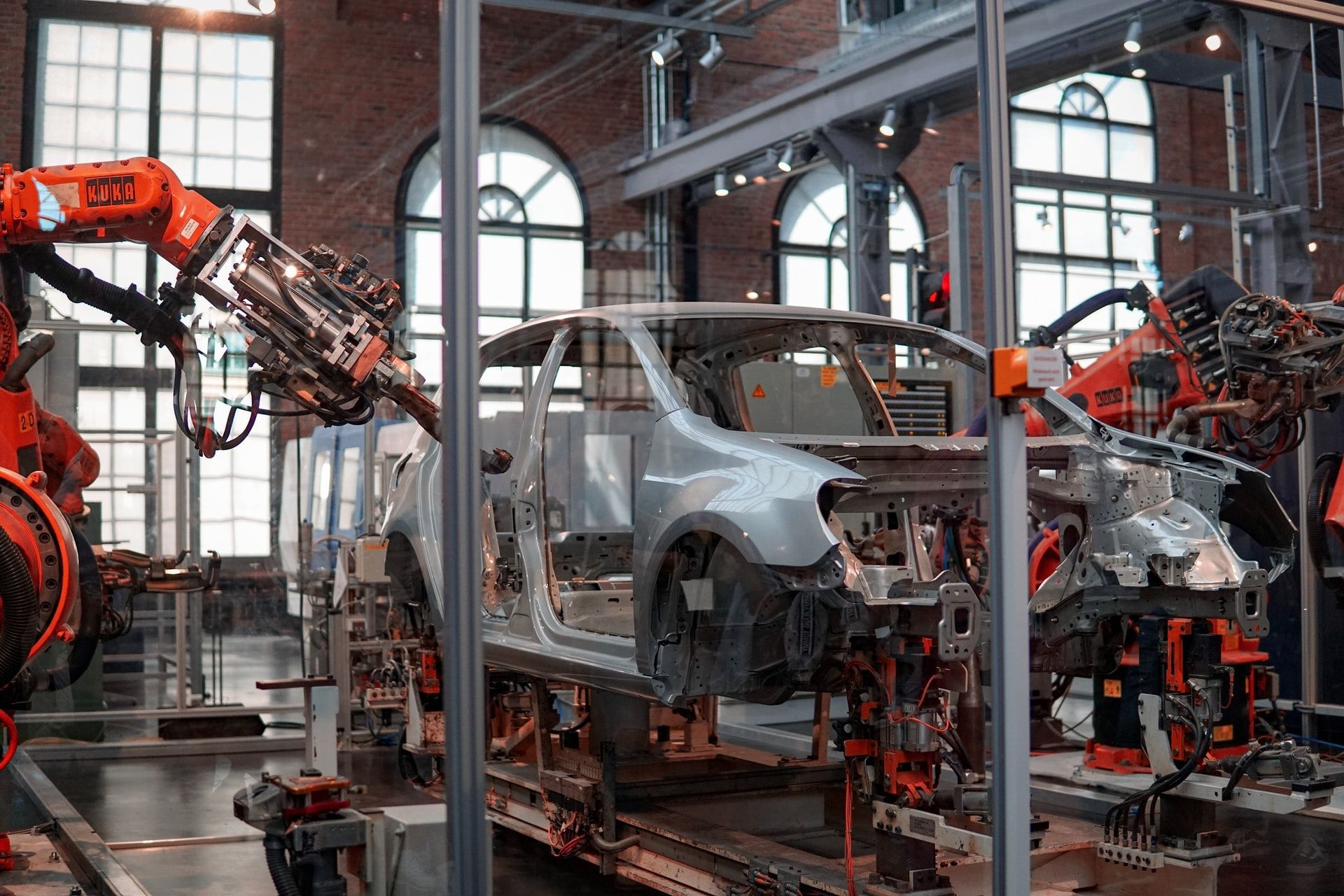How Robots Can Reduce Your Operation Costs
Sep 21, 2021
By Evelyn Long
 Image source: https://unsplash.com/
Image source: https://unsplash.com/
Robotics has been an essential part of the manufacturing industry for decades. Robotic assembly lines are a staple of things like the automotive industry. And though these systems have developed a largely unearned reputation for stealing jobs, the fact remains that it would be impossible to keep up with demand with a purely human workforce.
Human workers will always be essential, but robots can streamline repetitive and even unsafe tasks that create risks for all people involved. Even for companies that don’t do high-quantity manufacturing or assembly, robots can be a valuable tool. How can add robots to your business work to reduce your operational costs?
Improved Quality and Consistency
Whenever there is a human element involved, no matter how skilled or experienced, there is always the potential for human error. The impact of these errors will vary depending on the industry. A small manufacturing error in the electronics industry could result in equipment failure. A small error in the pharmaceutical industry could result in injury or death. In addition to the harm that these errors could cause, they could also bring costly recalls or lawsuits.
We know quality control is essential in all of these industries, but the superior consistency that robotics can offer helps reduce the need for quality control. It offers unparalleled consistency and quality. Unless the equipment begins to fail or malfunction — something that can usually be prevented by regular maintenance — robots can continually provide the same sort of quality and consistency.
Reduced Need for Climate Control
It’s important to note that this isn’t an option when companies have robots working alongside humans, or in situations where climate control is necessary to preserve the integrity of the project. But in many situations, utilizing robots can reduce operational costs by reducing or eliminating the need for climate control in their work area.
In general, robotics can function in a variety of environments without any sort of accommodations. They don’t need heat in the winter or air conditioning in the summer to work comfortably.
Offsetting Labor Shortages
Nearly every industry, from construction to manufacturing and logistics and everything in between is experiencing unprecedented labor shortages. It’s challenging to bring in enough new blood to offset the existing workers who are beginning to reach retirement age.
While the goal of robotics is not to replace existing workers, it does offer some opportunities for companies that may find it difficult to hire enough new employees or retain existing ones.
The fact remains that taking the operator out of the equation entirely can reduce overall operational costs by up to 70%. This can also reduce the costs of training new employees, something that costs a company between 30-50% of the employee’s salary for entry-level positions.
Providing New Opportunities
Thanks to popular media and propaganda mills, robotics has garnered a largely unearned reputation as a job thief. While it is true that robots can take over many entry-level or repetitive tasks, this isn’t necessarily a negative thing.
Instead of relegating otherwise skilled individuals to these tasks, the introduction of robotics in the workplace opens up new opportunities for these individuals to do more with their careers.
It also opens up an entirely new career opportunity for companies that don’t want to bring in third-party workers to build, install, and maintain their robots. Offering training for existing employees can help to build workplace loyalty and create a strong and successful team.
Making Workplaces Safer
Workplace safety should be on everyone’s mind, not only because it can keep employees safe on the job, but because keeping them safe helps reduce overall operational costs. On average, employers paid more than $1 billion per week in Workers’ Compensation in 2018. Robots, working both alone and alongside their human counterparts, are actually working to make the workplace safer.
Robots are ideal for repetitive tasks that could cause stress injuries, as well as for tasks that require dangerous components or take place in hazardous environments. They won’t be a replacement for skilled workers in many situations, but in some scenarios, it may be better to opt for a robot instead of a human worker if safety is a concern.
Robots Can Reduce Business’ Operational COsts
One of the major hurdles when it comes to adopting robotics, regardless of the end goal, is the initial investment. It is true that adopting robotics for a variety of tasks represents a significant initial investment. The important thing is to look past that expense to determine what the long-term benefits will be, especially when it comes to reducing operational costs in the long run.
Discover more about Business and Robots with RobotLAB!

About the author:
Evelyn Long is the editor-in-chief of Renovated and a writer with experience covering green technology and construction for publishers like NCCER and BUILD.










 Too much to read? Don't have time?
Too much to read? Don't have time? 

.webp?width=124&height=124&name=image%20(1).webp)
.webp?width=169&height=87&name=image%20(2).webp)













